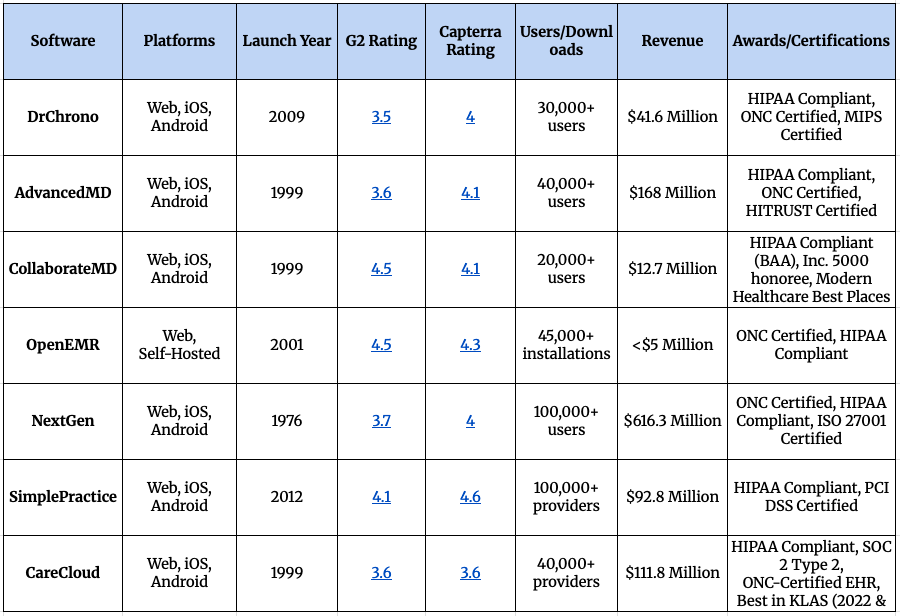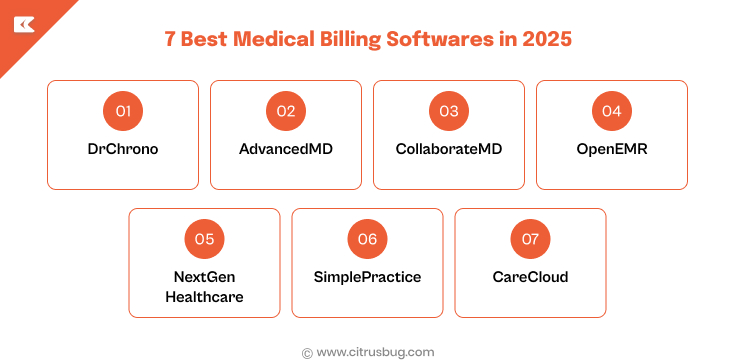7 Best Medical Billing Software for Healthcare Practices in 2026
- August 27, 2025
-
1276 Views
- by Ishan Vyas
Table of Contents
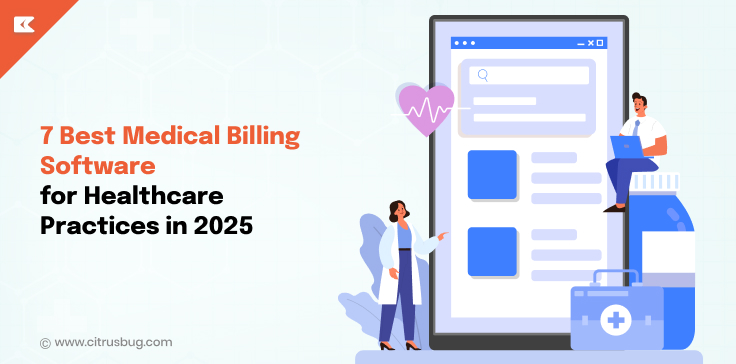
Introduction
Managing medical billing can be one of the hardest parts of owning a healthcare practice. Mistakes in billing won’t only cause frustrating delays in payments; they can also compromise patient satisfaction and compliance. That’s where medical billing software steps in, claims submission, workflows, and human errors are made easier and more manageable. With many platforms out there, how do you know which ones will rise to the top in 2026?
We’ve done the research for you! In this article, we present you with the 7 best medical billing softwares, based on accuracy, compliance, and efficiency to keep your practice running smoothly.
Factors Considered When Choosing Medical Billing Software
Choosing the best medical billing software isn’t just about selecting a reputable brand name. For this list, we weighed the strengths of each solution against these six specific factors:
- Mobile App Availability (iOS & Android)
In an ever-changing healthcare market, access is everything. Having a dedicated mobile app means providers can process claims, track payments, and see reports at any time, in any location.
- G2 & Capterra Ratings
User feedback on trusted sites like G2 and Capterra are the best indicators, in real-life situations, of useability, reliability, and customer support. If a product receives higher ratings, there is typically a better user experience.
- Launch Year
When did the software first launch? This tells you how long it has been on the market. Products that have been on the market longer have often settled into a stable development cycle and have developed more effective, reliable features than newer products may offer.
- Number of Users / Downloads
Adoption rate matters. Software with a large user base generally reflects credibility, trust, and effective performance in real-world scenarios.
- Revenue & Financial Strength
A company’s financial health often determines its ability to maintain, upgrade, and support its software in the long term.
- Awards & Certifications
Recognitions and compliance certifications like HIPAA or ISO indicate the software will maintain industry standards with respect to system security and reliability.
After weighing the various offerings and all these factors, we have procured solutions that embrace functionality, reliability, and scalability.
Comparison Table: 7 Best Medical Billing Software
7 Best Medical Billing Software in 2026
1. DrChrono
DrChrono is widely recognized as one of the best medical billing software and practice management software for providers of any size and in any specialty. DrChrono is integrated with EHR, practice management, and billing and has a built-in scheduling system with real-time claim tracking and mobile access. They have streamlined workflows, improved accuracy, and offer patient engagement tools using automated features and telehealth options.
Key Features:
- Integrated EHR and billing
- Real-time eligibility verification
- Supports mobile apps for iOS & Android
- Claim tracking and automation
- Telehealth support
Why It Stands Out:
DrChrono stands out with its mobility and automation features that help practices in billing and patient care anytime and anywhere, with one comprehensive integrated solution.
2. AdvancedMD
AdvancedMD offers a full suite for medical billing and practice management solutions for growing healthcare organizations. It includes robust reporting, scheduling, and claims processing. Cloud-based and secure, AdvancedMD helps ease billing processes, generate accurate claims payments, and ensure practices are compliant while providing a top-of-the-line experience for your practice, patients, and staff, too!
Key Features:
- Advanced claims management
- Built-in EHR integration
- Patient engagement tools
- Custom reporting
- Telemedicine capabilities
Why It Stands Out:
Unique for its advanced automation, compliance features, and extensive customization capabilities, AdvancedMD aids large practices in quick documentation, eradicates billing workflows, promotes efficiencies of scale, and enables multiple locations within the same cost structure when working across specialty areas.
3. CollaborateMD
CollaborateMD is a user-friendly, cloud-based billing solution built for small to mid-sized practices. Its mission focuses on claims management, ensuring reimbursements are faster. Clinicians can take advantage of automated workflows, the ability to access real-time reports to improve reporting requirements, dashboards that are easy to use, and enhanced billing workflows that allow practices to limit the impact on financial performance, as well as minimize administrative burden on medical staff.
Key Features:
- Simplified claims submission
- Real-time eligibility verification
- Reporting and analytics
- Automated billing workflows
- Cloud-based access
Why It Stands Out:
For its ease of use and small-staff focus, CollaborateMD is unique because it offers strong features at an affordable price, and makes billing less painful by simplifying the billing process, and accelerates healthcare reimbursements.
4. OpenEMR
OpenEMR is the most popular open-source product on the market today that combines EHR and billing in one product. It is extremely customizable, HIPAA compliant and can run in multiple languages. OpenEMR has the complete billing features along with scheduling and reporting, making it a great alternative for Doctors and providers that are looking for a cost-effective way to manage their patient records, revenue cycle and flexibility with impressive functionality.
Key Features:
- Open-source and customizable
- Integrated billing and EHR
- Multi-language support
- HIPAA-compliant
- Extensive reporting tools
Why It Stands Out:
OpenEMR is the only free product with the billing and EHR features and it does offer great value for a customizable, low-cost, open-source product without a vendor lock-in.
5. NextGen Healthcare
NextGen Healthcare provides a comprehensive set of medical billing and revenue cycle tools for ambulatory practices. Its tools include predictive analytics, patient payment, and workflows that are designed to help healthcare professionals stay compliant. NextGen is cloud-based and scalable and can take complex billing tasks and streamline the workflow, increasing productivity and accuracy while helping organizations continue to build a financially resilient organization and enhance their bottom line.
Key Features:
- Revenue cycle management
- Predictive analytics
- Patient payment options
- EHR integrations
- Compliance support
Why It Stands Out:
NextGen is different because it is analytics-based and offers compliance tools that practices will appreciate, and its scalability makes it a perfect option for organizations that need comprehensive reporting.
6. SimplePractice
SimplePractice is an easy to use platform made for small health care practitioners and solo practitioners. The platform includes scheduling, billing, and client management all in one. SimplePractice is recognized for its clean interface and automation capabilities, and it allows one button submission of insurance claims and offers telehealth capabilities so practitioners can manage finances and patient care with less administrative effort.
Key Features:
- Insurance claim submission
- Workflows for automated billing
- Telehealth integration
- Scheduling and reminders
- Mobile app access
Why It Stands Out:
SimplePractice excels at simplicity and affordability for solo practitioners and small clinics, providing robust billing tools and telehealth integration in a platform that’s easy to learn and manage.
7. CareCloud
CareCloud is a modern medical billing and practice management solution offering a suite of tools for streamlined revenue cycle management. It offers claims automation, real-time reporting, and integrated EHR functionality. Designed for scalable uses, CareCloud helps practices boost performance and financial success, reduce denials, and improve quality of care through a streamlined billing experience.
Key Features:
- Revenue cycle management
- Claims automation
- EHR integration
- Real-time analytics
- Patient engagement tools
Why It Stands Out:
CareCloud’s scalable, cloud-based environment and advanced automation capabilities distinguish it as an excellent solution for growing practices interested in efficiency and better financial outcomes.
Market Trends & Future Growth of Medical Billing Software
The global medical billing software market is at a rapid growth rate due to organizations wanting to increase the amount of automation, adding remote care, and utilizing more sophisticated forwarding cost strategies with revenue cycle management.
Market Size & Growth Forecast
Market growth estimates range from $17.02 billion in 2023 to $19.38 billion in 2024, to estimates that the market will reach a size of approximately $32.77 billion by 2028, and an approximate CAGR of 14%.
Another forecast projects that the market will grow to $37.3 billion in 2029 and have a 13.9% CAGR.
Cloud-Based Solutions Lead the Way
According to Grand View Research, web-based and cloud deployment models dominated the revenue share as of 2023, because of the scalability, accessibility, and affordable price point of cloud-based solutions. The ability to manage multi-location operations and lower upfront costs is what drives cloud-based solutions in healthcare.
Regional Dynamics
In 2023, North America had the highest market share, 39.4%, as healthcare infrastructure was advanced with digitalization of tools. The Asia Pacific region was expected to have the highest growth rate as healthcare spending increased, expansion of telemedicine, and growth in India and China of demand from acute and chronic conditions.
Key Growth Drivers
- Rising incidence of chronic disease, patient population, and healthcare consumerism.
- Regulatory pressure and need for compliance which could include following ICD-10, meeting HIPAA and legally compliant regulations, and value based care.
- Technology advances including patient-centric billing, predictive analytics, possible use of blockchain for security, and AI-driven automation to improve processes.
AI & Automation Transforming Billing
The adoption of AI in medical billing in healthcare operations is accelerating:
- A U.S. revenue cycle company using AI automation was able to reduce manual workloads significantly, saving its employees 15,000 hours a month! Through the deployment of AI healthcare automation solutions, they could reduce documentation time by 40%, and increase accuracy to 99.5%, yielding a 30% ROI, to their customers.
- AI applications in healthcare are estimated to save the U.S. healthcare system close to $150 billion a year by 2026 through efficiencies, and shifting from a reactive to a proactive healthcare delivery model.
When AI is integrated into the best medical billing software, it delivers faster claim approvals and reduces denials, improving efficiency and financial outcomes for healthcare providers.
Developing In-House vs Ready-Made Medical Billing Software
When healthcare providers or organizations plan to use medical billing software, they will typically consider two options, a ready made solution or developing a custom solution in-house.
Off-the-shelf medical billing software is typically a quicker-installed solution that has less initial costs because of the pre-built aspects. Off-the-shelf medical billing software can work for smaller clinics or practices that need basic billing functions; unfortunately, its limits on customization and low-level orders can become barriers to scalability as operational complexity increases.
Custom medical billing software offers full flexibility. Organizations can include additional features and functionalities such as AI-based claim scrubbing, real time analytics, multi-practice solutions and EHR integration. Custom medical billing software also offers enhanced security, compliance tracking and sustainable growth options.
At Citrusbug, we custom build medical billing software for your business hours. We can build a revenue cycle management system or a fully integrated billing system. We customize solutions based on your company’s needs and build them to be efficient, accurate, and growth-friendly.
Final Thoughts
Choosing the best medical billing software is crucial for ensuring accurate claims, reducing denials, and improving overall revenue cycle management. While off-the-shelf solutions work for basic needs, growing practices require scalability, compliance, and automation to stay competitive.
That’s where custom development becomes a game-changer. At Citrusbug, we build medical billing software tailored to your specific requirements, whether it’s AI-driven automation, multi-specialty support, or advanced analytics. As the Internet of Medical Things (IoMT) market continues to expand, our solutions are designed for security, interoperability, and future growth.



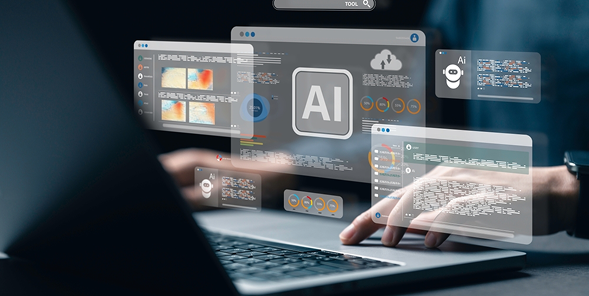

 SaaS Development
SaaS Development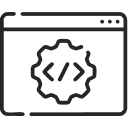 Web Application Development
Web Application Development Mobile Application Development
Mobile Application Development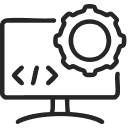 Custom Software Development
Custom Software Development Cloud Development
Cloud Development DevOps Development
DevOps Development MVP Development
MVP Development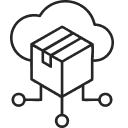 Digital Product Development
Digital Product Development Hire Chatbot Developers
Hire Chatbot Developers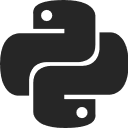 Hire Python Developers
Hire Python Developers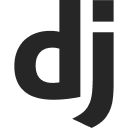 Hire Django Developers
Hire Django Developers Hire ReactJS Developers
Hire ReactJS Developers Hire AngularJS Developers
Hire AngularJS Developers Hire VueJS Developers
Hire VueJS Developers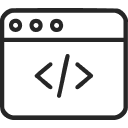 Hire Full Stack Developers
Hire Full Stack Developers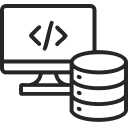 Hire Back End Developers
Hire Back End Developers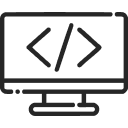 Hire Front End Developers
Hire Front End Developers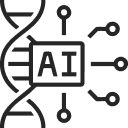 AI Healthcare Software Development & Consulting
AI Healthcare Software Development & Consulting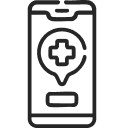 Healthcare App Development
Healthcare App Development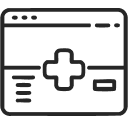 EHR Software Development
EHR Software Development Healthcare AI Chatbot Development
Healthcare AI Chatbot Development Telemedicine App Development Company
Telemedicine App Development Company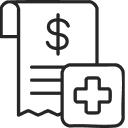 Medical Billing Software Development
Medical Billing Software Development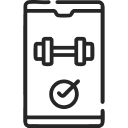 Fitness App Development
Fitness App Development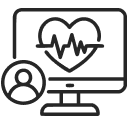 RPM Software Development
RPM Software Development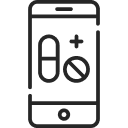 Medicine Delivery App Development
Medicine Delivery App Development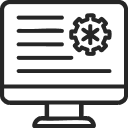 Medical Device Software Development
Medical Device Software Development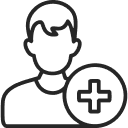 Patient Engagement Software Solutions
Patient Engagement Software Solutions Mental Health App Development
Mental Health App Development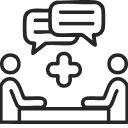 Healthcare IT Consulting
Healthcare IT Consulting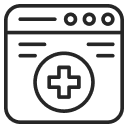 Healthcare CRM Software Development
Healthcare CRM Software Development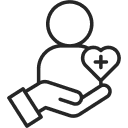 Healthcare IT Managed Services
Healthcare IT Managed Services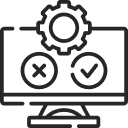 Healthcare Software Testing services
Healthcare Software Testing services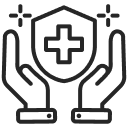 Medical Practice Management Software
Medical Practice Management Software Outsourcing Healthcare IT Services
Outsourcing Healthcare IT Services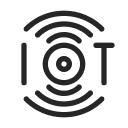 IoT Solutions for Healthcare
IoT Solutions for Healthcare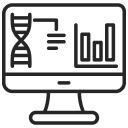 Medical Image Analysis Software Development Services
Medical Image Analysis Software Development Services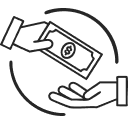 Lending Software Development Services
Lending Software Development Services Payment Gateway Software Development
Payment Gateway Software Development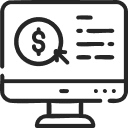 Accounting Software Development
Accounting Software Development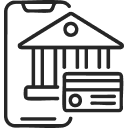 AI-Driven Banking App Development
AI-Driven Banking App Development Insurance Software Development
Insurance Software Development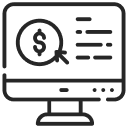 Finance Software Development
Finance Software Development Loan Management Software Development
Loan Management Software Development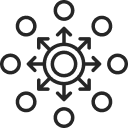 Decentralized Finance Development Services
Decentralized Finance Development Services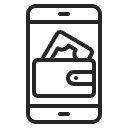 eWallet App Development
eWallet App Development Payment App Development
Payment App Development Money Transfer App Development
Money Transfer App Development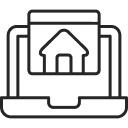 Mortgage Software Development
Mortgage Software Development Insurance Fraud Detection Software Development
Insurance Fraud Detection Software Development Wealth Management Software Development
Wealth Management Software Development Cryptocurrency Exchange Platform Development
Cryptocurrency Exchange Platform Development Neobank App Development
Neobank App Development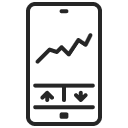 Stock Trading App Development
Stock Trading App Development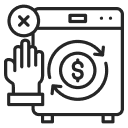 AML software Development
AML software Development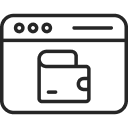 Web3 Wallet Development
Web3 Wallet Development Robo-Advisor App Development
Robo-Advisor App Development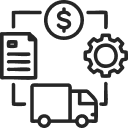 Supply Chain Management Software Development
Supply Chain Management Software Development Fleet Management Software Development
Fleet Management Software Development Warehouse Management Software Development
Warehouse Management Software Development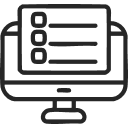 LMS Development
LMS Development Education App Development
Education App Development Inventory Management Software Development
Inventory Management Software Development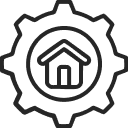 Property Management Software Development
Property Management Software Development Real Estate CRM Software Development
Real Estate CRM Software Development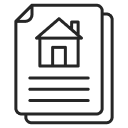 Real Estate Document Management Software
Real Estate Document Management Software Construction App Development
Construction App Development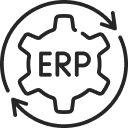 Construction ERP Software Development
Construction ERP Software Development





